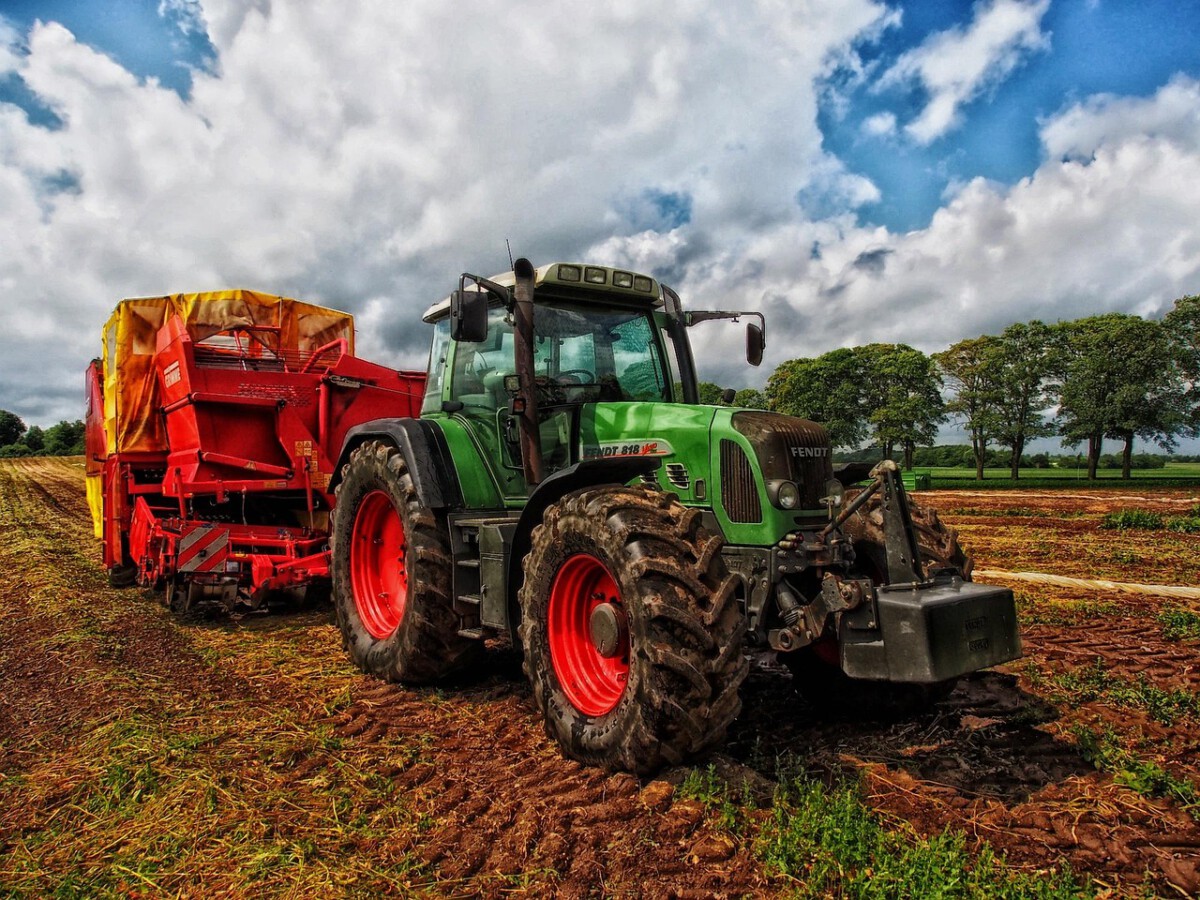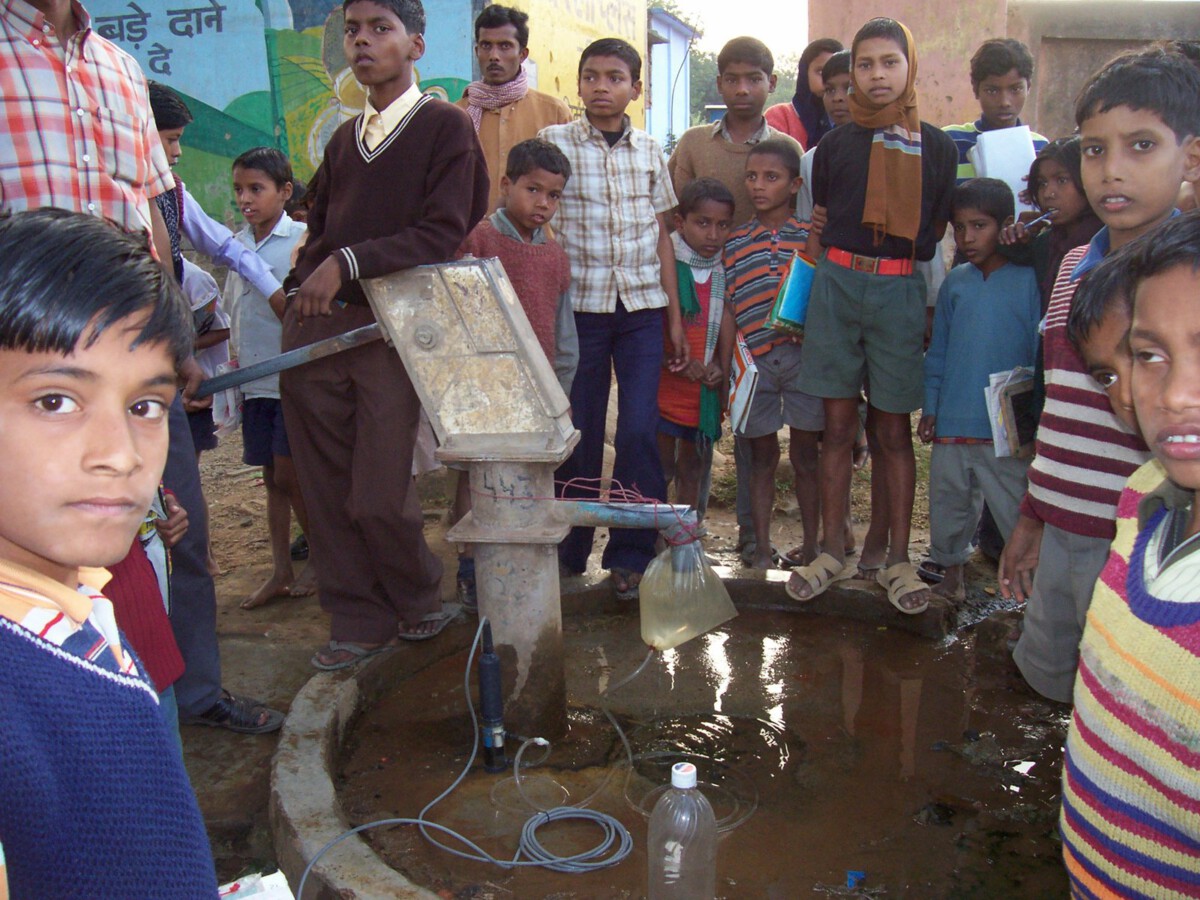Record-Breaking Organic Farm Growth
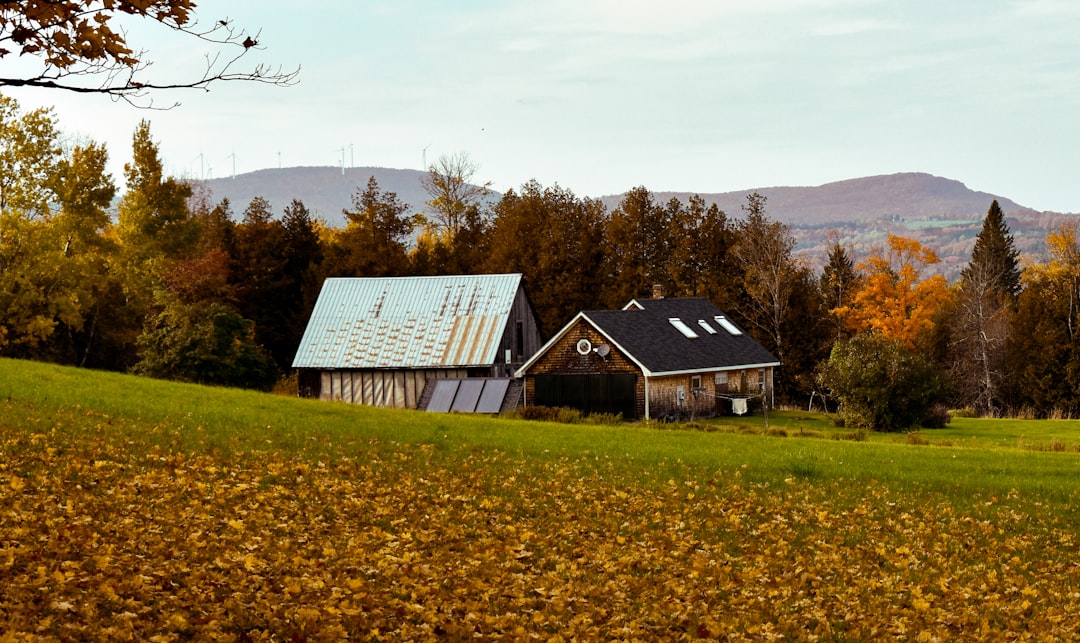
Vermont has made an incredible jump from 615 to 690 certified organic farms between 2017 and 2022, marking an impressive twelve percent increase. This might seem like a small number, but when you consider that Vermont is home to 690 USDA-certified organic farms out of roughly 6,537 total farms, it represents about one in every ten farms operating under organic certification.
This growth is particularly remarkable when you consider that the number of farms in Vermont has decreased by 4% since 2017, meaning organic farms are bucking the trend while conventional operations are shrinking. What makes this even more impressive is that 95% of organic dairies are considered small by the state, showing that smaller operations can still thrive using sustainable methods.
The Maple Syrup Success Story

Vermont’s maple syrup industry perfectly demonstrates how sustainable farming can be both profitable and environmentally responsible. Vermont maple syrup production totaled 3.06 million gallons in 2025, once again leading the nation in this category. The numbers tell an amazing story of growth and sustainability working hand in hand.
From just 2.12 million taps in 2003, Vermont has steadily expanded to 8.4 million taps in 2024, but this expansion hasn’t come at the expense of forest health. The value of maple syrup production totaled $95 million in 2024, up an incredible $16 million from 2023, proving that sustainable practices can drive serious economic value.
Young Farmers Leading the Change

Vermont counted 4,032 new and beginning producers in 2022, up from 3,754 in 2017, showing that younger generations are embracing sustainable farming methods. These new farmers aren’t just following old patterns – they’re bringing fresh ideas and innovative approaches to agriculture.
What’s particularly exciting is that Vermont’s new and beginning farmers are enthusiastic, resilient, and well supported in approaching farming as a business. This combination of business acumen and environmental consciousness is creating a perfect storm for sustainable farming leadership.
Family-Owned Farms Dominate
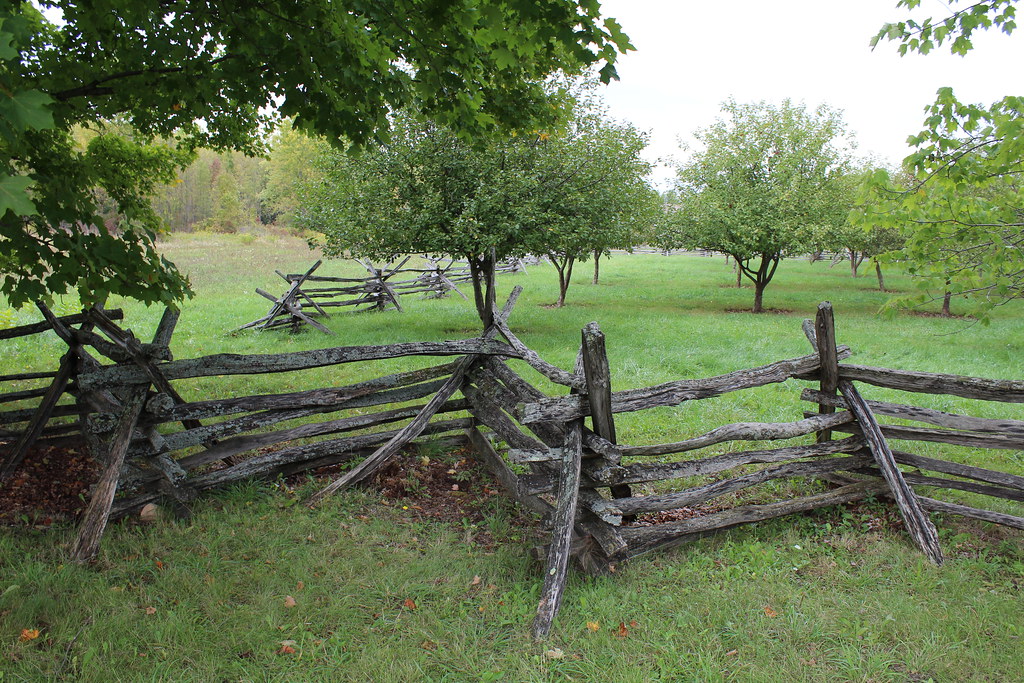
The structure of Vermont’s agricultural landscape strongly favors sustainability. Vermont farms are primarily owned and operated by families or individuals, with 5,077 family farms as of 2022, or about 77.7% of all farms in the state, while corporations own just 588 farms, or nine percent.
This family-farm dominance matters because smaller operations tend to be more flexible and willing to adopt sustainable practices. Unlike large corporate farms that prioritize maximum production, family farms often balance profitability with environmental stewardship and community connection.
Climate Challenges Driving Innovation
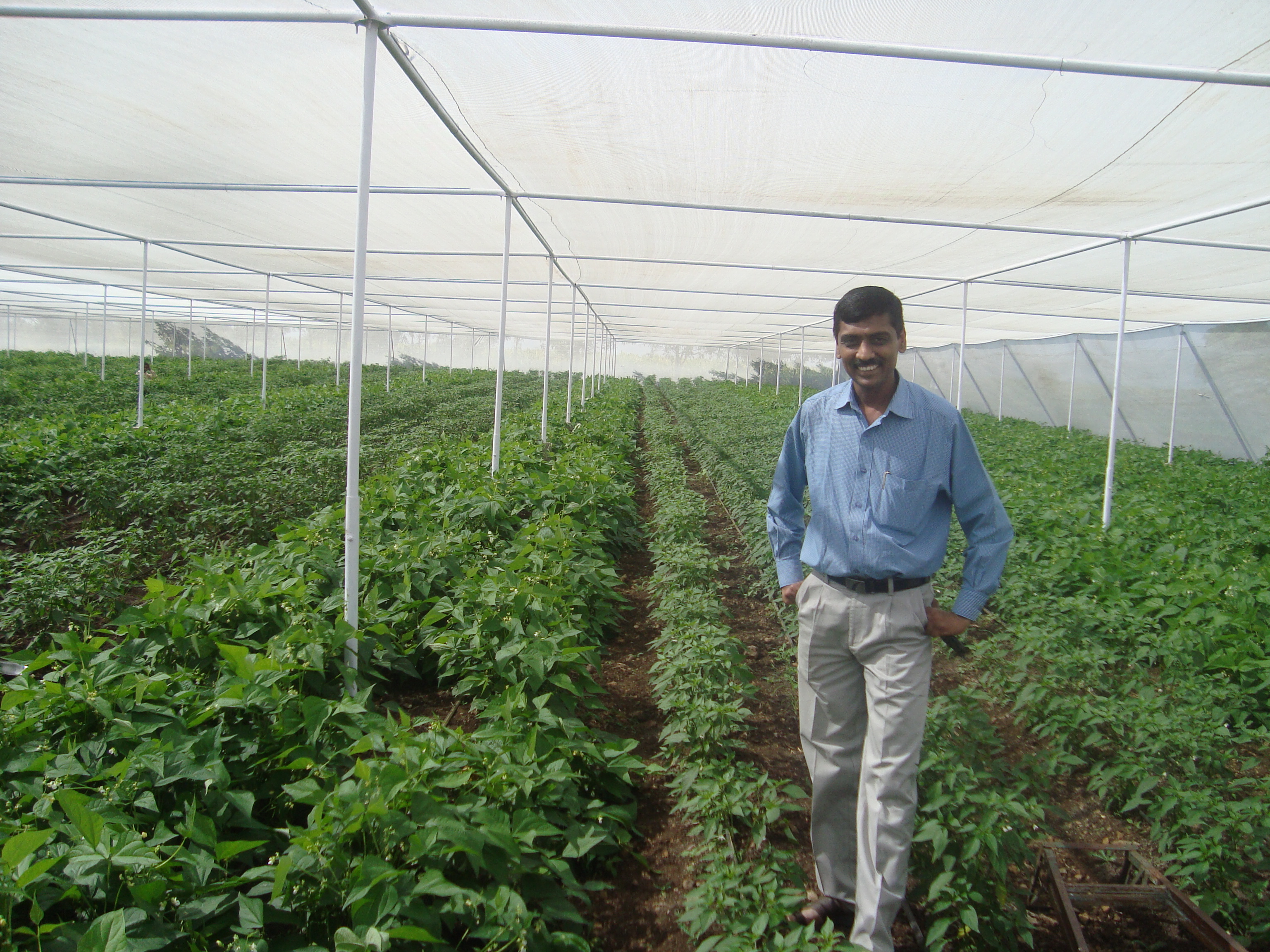
Vermont farmers are learning to adapt to increasing climate volatility in ways that actually make their operations more sustainable. The 2021 Vermont Climate Assessment found that average annual precipitation in Vermont has increased by 21% since 1900, equating to an increase of 7.5 inches per year.
Rather than simply accepting these challenges, Vermont farmers are developing innovative solutions. Vermont farmers have long adjusted to somewhat predictable challenges, but in recent years, extremes have multiplied with record-breaking floods, frequent killing frosts, and prolonged droughts. This unpredictability is actually pushing farms toward more resilient and sustainable practices.
Agroforestry Leading the Way
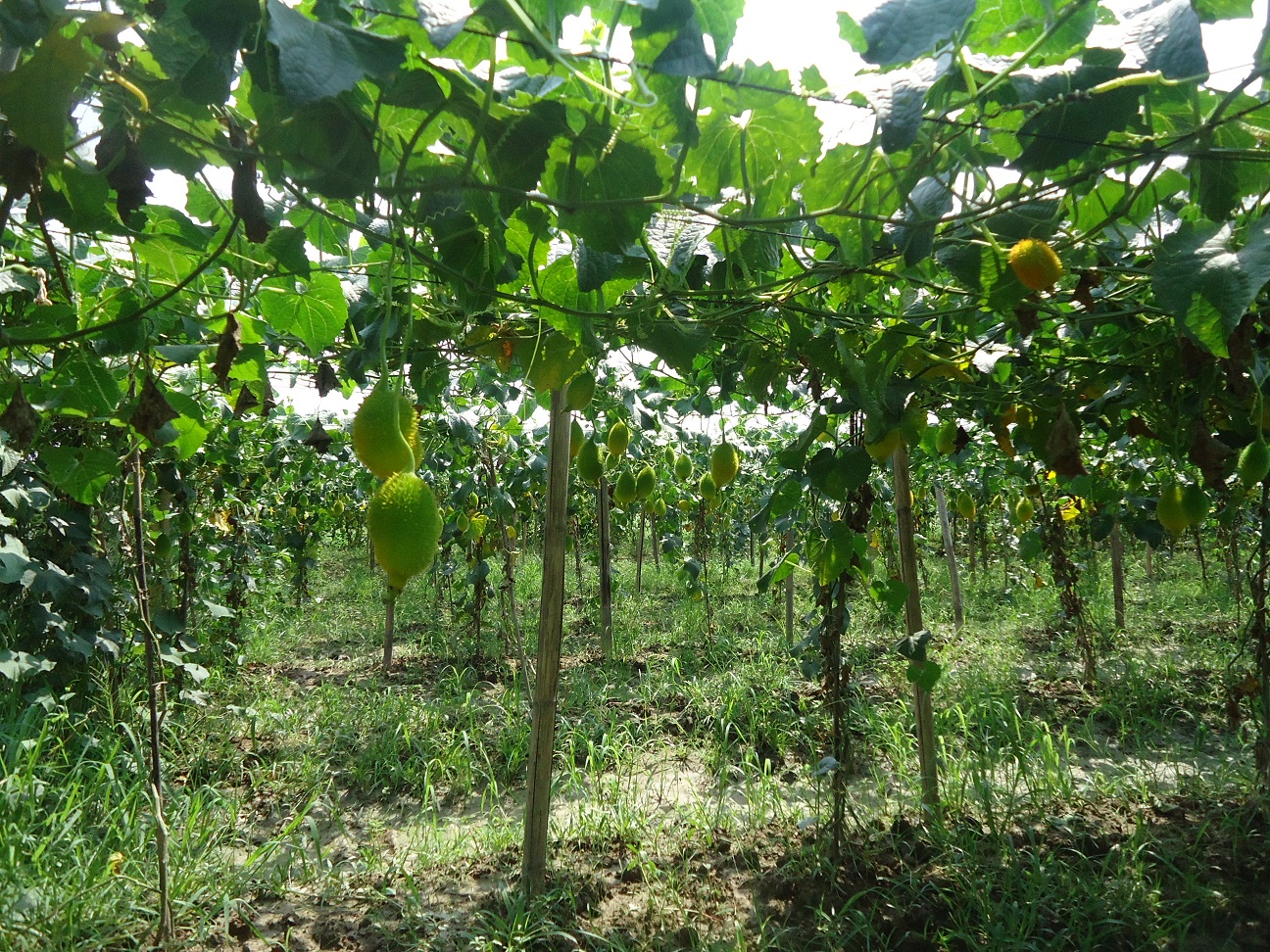
Vermont’s unique approach to agroforestry sets it apart from other states. With Vermont’s 4.465 million acres of forest covering around 73% of its territory, the state has natural advantages for integrating trees with farming operations.
Agroforestry provides multiple environmental benefits and is an effective climate change mitigation strategy, capable of sequestering thousands of tons of carbon annually, at a conservative rate of one ton per acre per year. This approach allows farmers to generate income while actively fighting climate change.
Comprehensive Support Systems
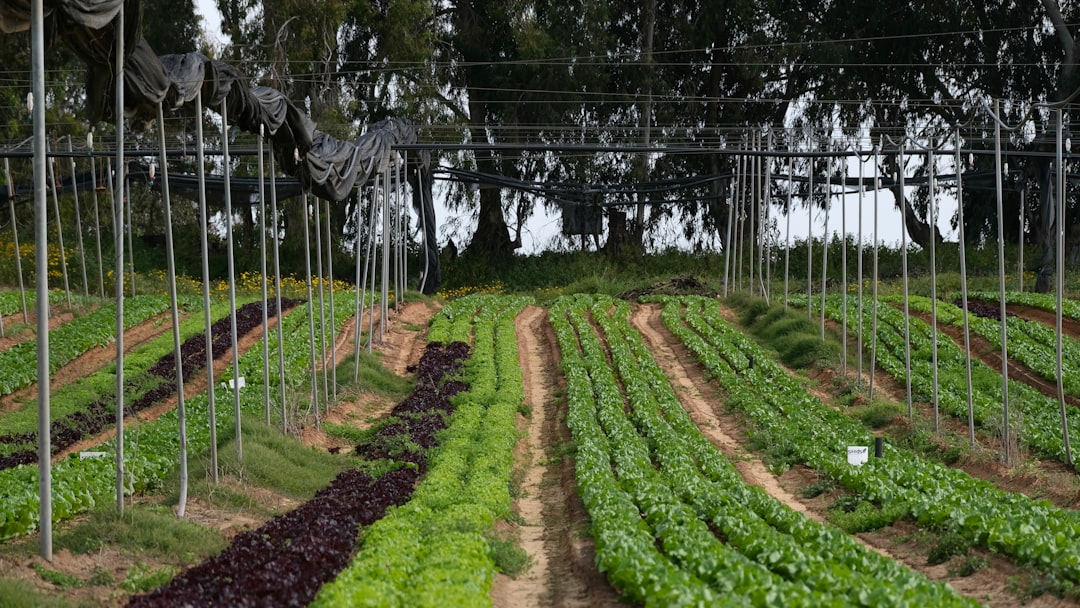
Vermont has built an impressive network of support for sustainable farming that goes far beyond what most states offer. The Environmental Quality Incentives Program (EQIP) provides financial and technical assistance to agricultural producers and non-industrial forest managers to address natural resource concerns, but Vermont goes further with state-specific programs.
The state’s approach includes everything from grants of up to $5,000 to small farms for sustainability projects that reduce water and power use, increase pollinators, improve soil health, promote natural pest control, or extend the growing season to comprehensive business planning assistance. This holistic support system makes it easier for farmers to adopt sustainable practices without taking on excessive financial risk.
Land Conservation Initiatives
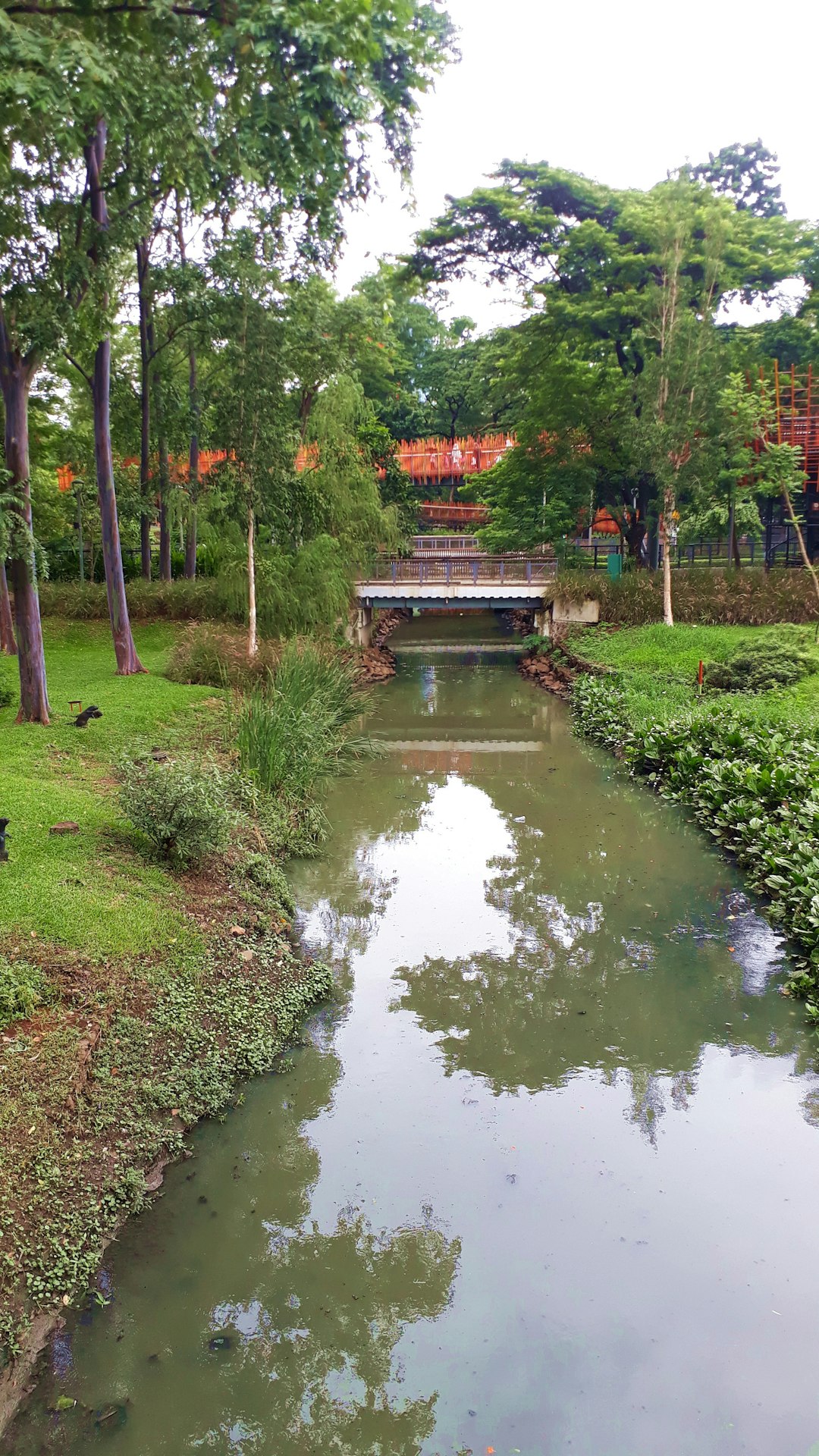
Act 59 was passed in 2023 with a goal to conserve 30% of Vermont’s total area by 2030 and 50% by 2050, creating a framework that protects farmland while encouraging sustainable practices. This isn’t just about setting aside land – it’s about creating systems that support working farms.
The state recognizes that the working lands and diversified farming should be supported in alignment with soil health principles, meaning conservation efforts actually strengthen rather than restrict farming operations. This approach ensures that environmental protection and agricultural productivity work together rather than against each other.
Soil Health Programs Making a Difference
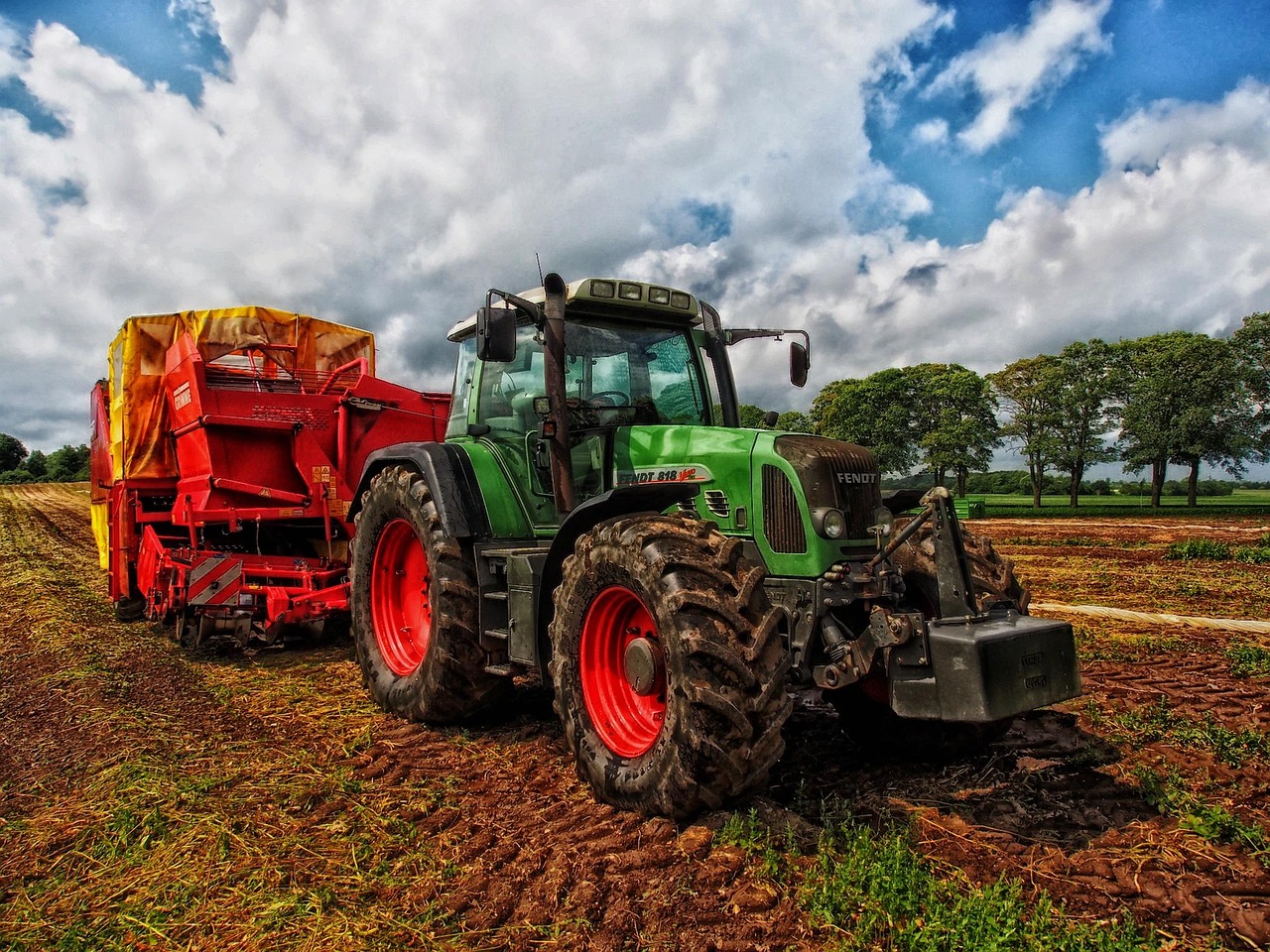
Vermont’s focus on soil health goes beyond simple conservation. A diverse cohort of Vermont farms is enrolled in a five-year research project implementing specific pasture management farming practices with the goal of improving soil health, increasing productivity, and building resilience.
These programs aren’t just theoretical – they’re producing real results. Improved soil health mitigates against increasing weather volatility, improves drought resiliency, and supports implementation of practices that improve carbon sequestration and reduce greenhouse gas emissions. This creates a positive feedback loop where sustainable practices make farms more profitable and resilient.
Renewable Energy Integration

Vermont farmers are pioneering the integration of renewable energy with agricultural operations. Grazing sheep is the most popular way to farm the land in and around solar panels, serving the solar site owner by keeping vegetation in check as a paid service.
This innovative approach, known as solar grazing, creates additional income streams for farmers while supporting renewable energy development. Vermont’s clean energy industry supports at least 16,231 sustainable jobs at 2,519 businesses, representing approximately 5% of Vermont’s economy, showing how sustainable farming connects to broader economic opportunities.
Gender Balance in Agriculture

Vermont stands out for its relatively balanced gender representation in farming. According to the Census of Agriculture, there were 7,393 male farmers in Vermont in 2022, making up 59% of the state’s total producers, while Vermont’s 5,077 women farmers accounted for 41% of the total.
This balance matters because research shows that women farmers often bring different perspectives to land management and are more likely to adopt sustainable practices. The strong representation of women in Vermont agriculture contributes to the state’s leadership in sustainable farming methods.
Financial Innovation Supporting Sustainability
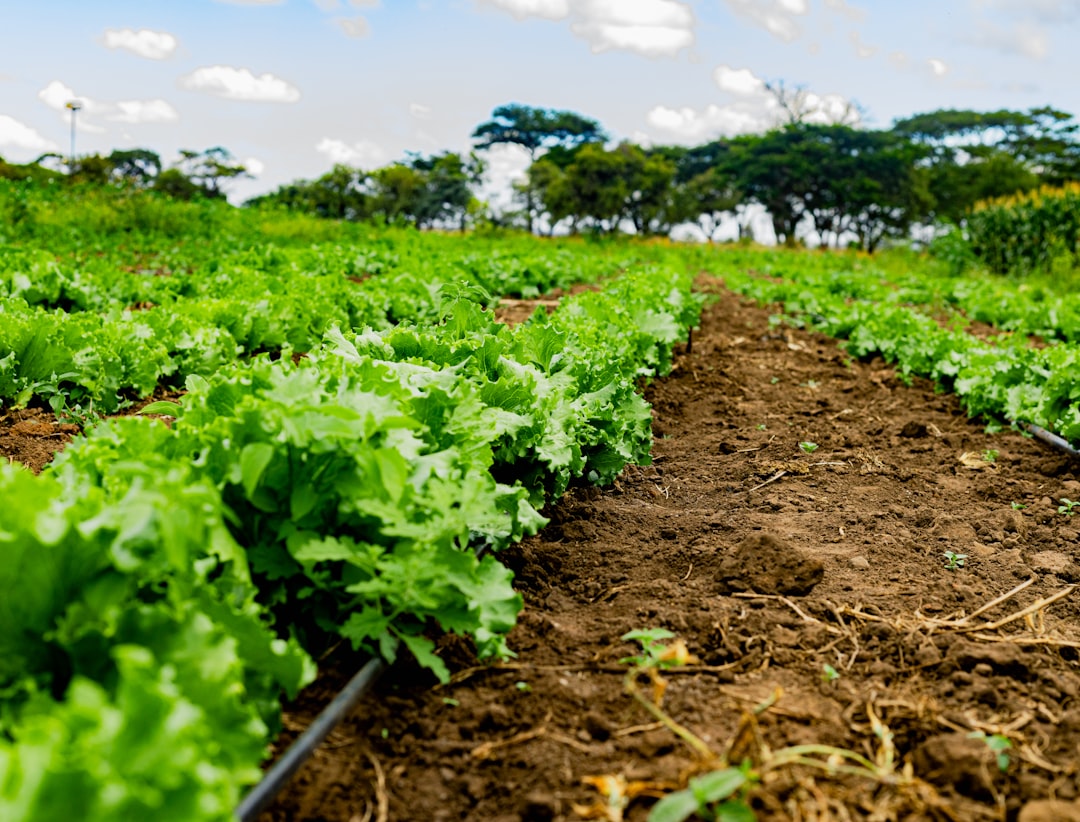
The Flex Fund provides near equity or mezzanine financing to Vermont’s growing value-added agriculture, forestry and clean energy businesses, investing in targeted Vermont growth companies that fill gaps in sustainable agriculture and food systems.
This kind of financial innovation makes it possible for sustainable farming operations to access capital without compromising their environmental principles. Traditional agricultural lenders often don’t understand sustainable farming models, so Vermont’s specialized financial products fill a crucial gap in the market.
Looking Forward
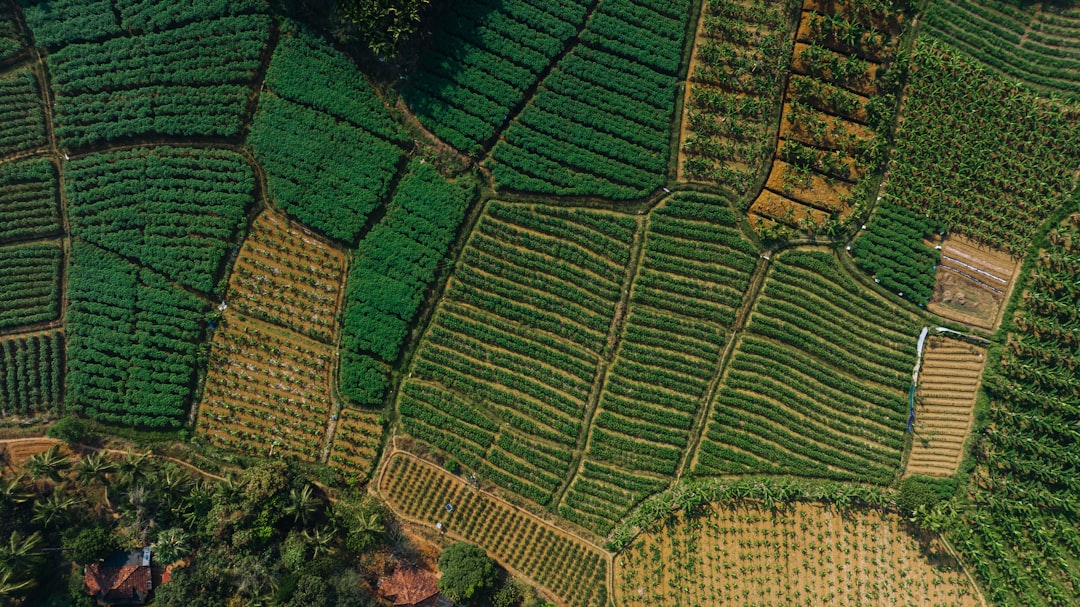
Vermont’s leadership in sustainable farming isn’t accidental – it’s the result of deliberate policy choices, innovative farmers, and strong community support. The state has created an environment where sustainable practices are not just possible but profitable, and where farmers have the tools and support they need to succeed.
The combination of organic growth, climate adaptation, supportive policies, and innovative approaches to challenges like renewable energy integration creates a model that other states are starting to follow. Vermont proves that sustainable farming isn’t just about environmental responsibility – it’s about building a more resilient and prosperous agricultural future.

